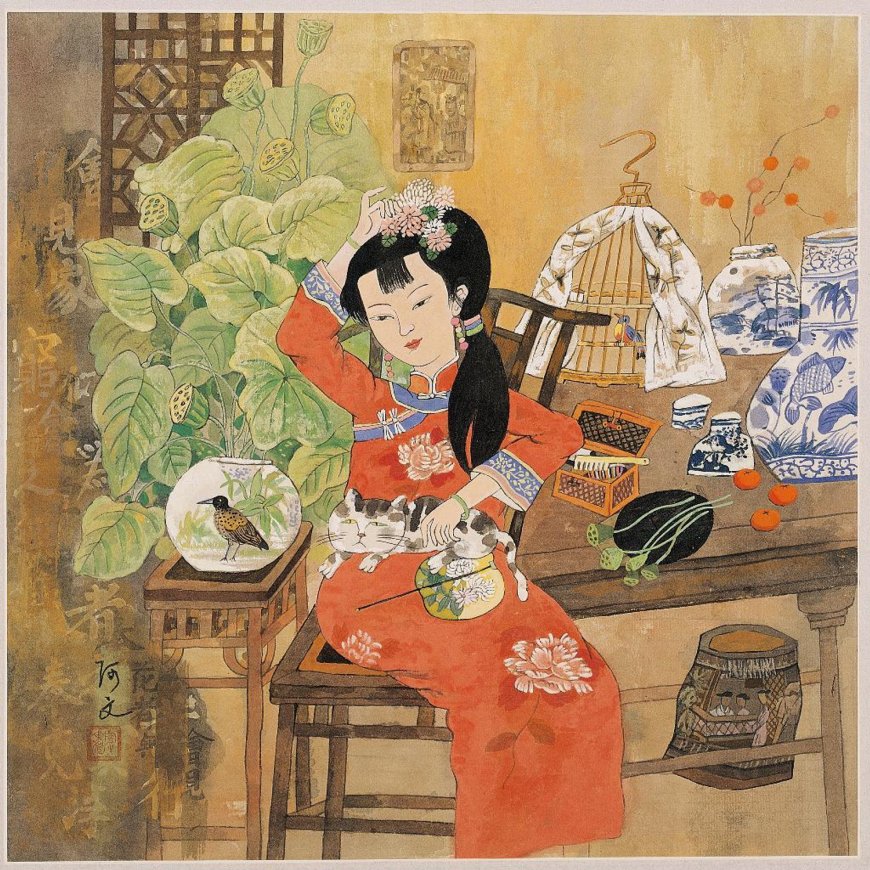What defines traditional Chinese art and how has it shaped Chinese culture

Traditional Chinese art is a rich and ancient form of cultural expression that spans thousands of years. It encompasses various art forms including painting, calligraphy, sculpture, ceramics, and architecture, each deeply influenced by Chinese philosophy, religion, and values. The key to understanding traditional Chinese art lies in its connection to nature, harmony, balance, and spiritual meaning, rather than just visual appearance.
One of the defining features of traditional Chinese art is its close relationship with Confucianism, Daoism, and Buddhism. These philosophies shaped the themes and techniques of artists throughout history. For example, Daoist ideas about nature and simplicity are seen in landscape paintings, which often depict mountains, rivers, and mist in flowing, poetic forms. Confucian respect for tradition and order can be found in the structured and symbolic representations of people and objects, while Buddhist beliefs influenced religious sculptures and temple decorations.
Ink and brush painting is perhaps the most well-known traditional Chinese art form. These paintings, often created on rice paper or silk, highlight elements like birds, flowers, animals, or serene landscapes. Unlike Western paintings that focus on realism and perspective, Chinese art values spirit, rhythm, and meaning. Artists try to capture the life force or qi of a subject, using flowing brushstrokes and minimal color. The use of empty space (liubai) is also intentional, inviting the viewers imagination to complete the picture and reflect on the deeper meaning.
Another pillar of Chinese traditional art is calligraphy. In Chinese culture, writing is not only a means of communication but also a major art form. Characters are written with a brush in specific styles that express the writers personality and emotions. Great calligraphers like Wang Xizhi are celebrated for their elegant strokes and balanced compositions. Calligraphy is often displayed together with paintings and poems, creating a complete and meaningful artwork.
Ceramics and porcelain are also essential parts of traditional Chinese art. China is famous for its fine porcelain, especially during the Tang, Song, and Ming dynasties. These pieces often feature blue-and-white designs, delicate shapes, and detailed hand-painted images. Chinese ceramics were highly valued worldwide and played a major role in global trade along the Silk Road.
Traditional Chinese sculpture and architecture reflect religious and philosophical ideas. Sculptures of Buddha, guardian lions, and mythical creatures are often seen in temples and palaces. Pagodas, traditional Chinese roofs, and garden designs all focus on harmony with the natural world, using curves, symmetry, and flowing layouts to create peaceful environments.
Over time, traditional Chinese art has continued to evolve, yet it still preserves its ancient roots. Modern artists often blend traditional techniques with contemporary themes, keeping the spirit of Chinese culture alive.
In conclusion, traditional Chinese art is a mirror of Chinas history, beliefs, and love for nature. Its emphasis on meaning, harmony, and beauty has not only influenced generations of Chinese artists but also inspired the world with its timeless elegance and depth.





































